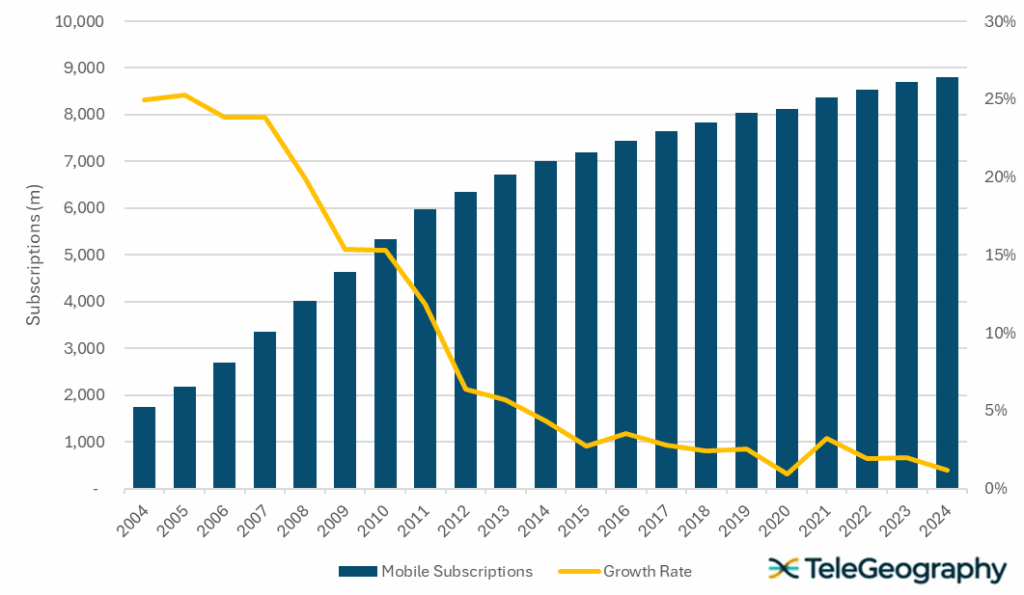Spectrum Mobile Partnership Could Drive AT&T Stock 10% Higher
AT&T is one of the biggest names in telecom. It connects millions of people through wireless, broadband, and streaming. Yet, like most large companies, it faces pressure. Competition is tough. Debt is heavy. Growth feels slow at times. Investors want to know what comes next.
Here’s where the Spectrum Mobile partnership is discussed. Spectrum Mobile, owned by Charter Communications, has been growing fast. It offers mobile service bundled with broadband. Now, with AT&T in the mix, both companies stand to benefit. We see this as more than just a deal. It is a chance for AT&T to expand its reach, use its spectrum better, and win more customers.
For investors, the real story is the stock. AT&T has struggled to impress Wall Street. But this move could shift momentum. Analysts believe the partnership could drive earnings and push AT&T stock 10% higher. That’s a meaningful jump for a company of this size.
Let’s break down what this partnership means, why it matters, and how it could reshape AT&T’s future.
AT&T’s Current Market Position
AT&T remains a major U.S. telecom. The company earns from wireless, broadband, and media. Revenue is large, but growth has been mixed. Debt levels are high compared with many peers. Investors focus on cash flow and dividends. The stock has lagged at times. Management has pushed cost cuts, network upgrades, and capital return plans to win back confidence. Recent moves show a shift toward bolstering 5G capacity and freeing up room for future growth.

About the Spectrum Mobile Angle
Spectrum Mobile is Charter Communications’ mobile brand. It sells mobile plans to cable subscribers. Charter bundles mobile with internet and TV offers. There is no widely reported full merger between AT&T and Spectrum Mobile. Instead, recent industry shifts center on spectrum trades and network partnerships that change competitive dynamics.
A major recent step for AT&T was a large spectrum purchase from EchoStar. That deal adds low- and mid-band spectrum across U.S. markets. More spectrum helps carriers improve coverage and 5G capacity. The change in the spectrum landscape is the real link to how cable mobile services and big carriers will compete going forward.
Strategic Benefits for AT&T
Additional spectrum directly strengthens the wireless network. More mid-band spectrum helps 5G capacity in urban and suburban areas. Low-band spectrum improves indoor and rural coverage. The EchoStar transaction gives AT&T nationwide holdings that can close coverage gaps and reduce congestion.
Greater spectrum and smarter network use make premium plans and new services more viable. Those upgrades support higher data speeds and more stable service. That in turn can reduce customer churn. Better network quality also opens the door to new bundling options for home internet, wireless, and business services. Such bundles raise average revenue per user and boost customer stickiness.
Financial Impact: Stock Growth Potential
Extra spectrum can improve revenue per user over time. Improved network performance may allow higher prices for premium tiers. Analysts have noted that spectrum deals and clear capital plans can change sentiment toward the stock. Some broker reports argue that the recent spectrum moves and plans for buybacks could add roughly 10% to the stock’s near-term upside, assuming execution holds and regulatory approval occurs.
The firm’s dividend yield and capital-return pledges also make the equity more appealing to yield-focused investors. Still, the gain depends on how quickly the new spectrum is deployed and how customers respond.
Broader Industry Implications
The spectrum reshuffle affects all major U.S. carriers. Cable operators such as Charter and Comcast have pushed into mobile through MVNO deals and by bundling mobile with their core services. If large carriers secure more mid-band spectrum, the pressure on MVNO economics may rise.
At the same time, cable firms can explore their broadband base and retail reach to sell mobile bundles. The market is moving toward fewer but stronger network owners and many reseller or bundle-led players. This will shape pricing, product bundles, and the pace of nationwide 5G rollouts. Infrastructure consolidation may also change how rivals invest in fixed and mobile convergence.
Risks and Challenges
Regulatory approval is not guaranteed. Large spectrum purchases draw scrutiny from the FCC and lawmakers. Approval delays or conditions could slow deployments or limit benefits. The size of the capital outlay raises debt and cash-flow questions. Heavy spending can strain free cash flow in the short term.
Execution risk is another factor. Deploying mid-band spectrum at scale requires time and precise engineering. Competitors may respond aggressively with price moves or their own network upgrades. Finally, market sentiment can shift fast. Bad quarterly results or macro weakness can erase short-term gains in stock value.

Investor Outlook
Investors should watch several concrete metrics. Subscriber growth and net additions will show if improved network quality wins customers. Average revenue per user (ARPU) indicates pricing power and mix shift to higher-value plans. Network capital expenditure and the pace of spectrum deployment will reveal execution speed.
Debt levels, interest costs, and free cash flow are essential to monitor the firm’s financial health. Analyst ratings and management guidance after major network moves will also shape short-term price moves. Positive beats on these metrics can support a 10% or higher rally, while misses could reverse gains quickly.
Final Words
The landscape in U.S. wireless is changing fast. Spectrum moves and new commercial arrangements alter who has the edge. For AT&T, larger spectrum holdings can translate into better coverage, faster 5G, and stronger bundles. Those operational gains can help the company improve revenue and profits over time. That outcome is the main case for a potential 10% stock upside. But regulatory hurdles, execution risk, and competition remain real threats. Investors should follow subscriber trends, ARPU, capital spending, and any regulatory updates closely.
Disclaimer:
The above information is based on current market data, which is subject to change, and does not constitute financial advice. Always do your research.






